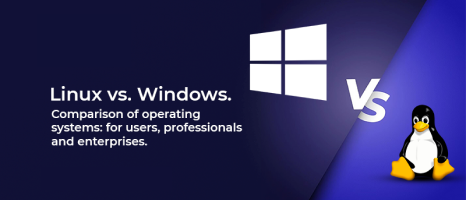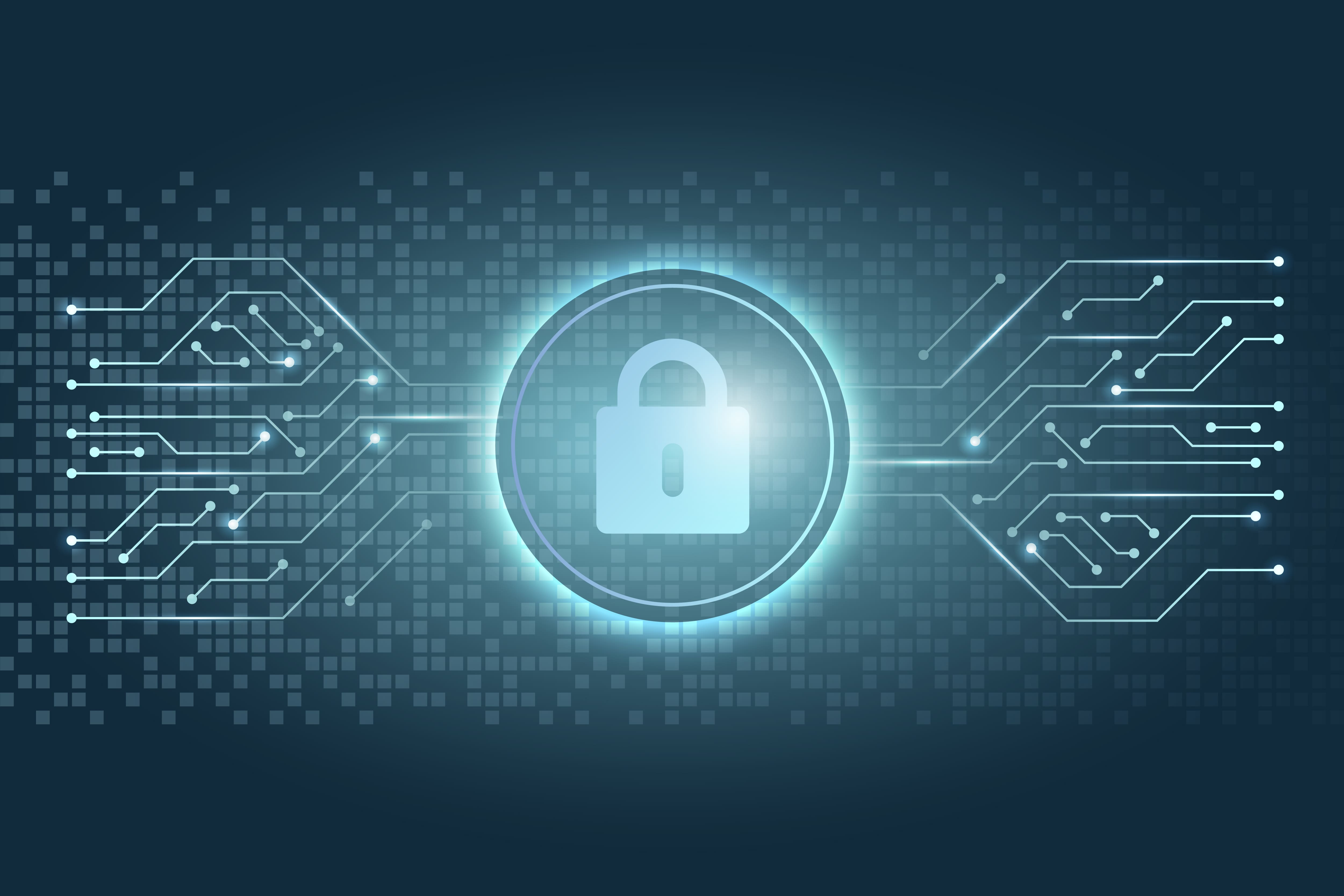- Malware: This is software that is designed to harm a computer system. Malware can be spread through email attachments, malicious websites, or USB drives.
- Phishing: This is a type of social engineering attack that involves sending fraudulent emails that appear to be from a legitimate source. The goal of a phishing attack is to trick the recipient into clicking on a malicious link or providing sensitive information.
- Ransomware: This is a type of malware that encrypts a victim’s files and demands a ransom payment in order to decrypt them.
- DDoS attacks: These attacks involve flooding a website or server with so much traffic that it becomes unavailable.
- Zero-day attacks: These are attacks that exploit vulnerabilities in software that the software vendor is not aware of. Zero-day attacks are often very difficult to defend against because there is no patch available to fix the vulnerability.
- Data breaches: A data breach occurs when sensitive data is stolen from a computer system or network. This data can include personal information, financial data, or intellectual property.
Cyberattacks can have a significant impact on individuals and organizations. They can lead to financial losses, identity theft, and even physical harm.






